Last updated on February 10th, 2025 at 01:34 pm
- The carrying angle is formed between the arm and the forearm when the arm is anatomical.
- It is also known as the cubital angle or the angle of inclination of the forearm.
- The carrying angle is more pronounced in females than in males due to differences in bone structure and hormonal influences.
- The carrying angle is essential in the arm’s mechanics and helps distribute weight while carrying objects.
- Deviations from the normal carrying angle can lead to medical conditions such as cubital tunnel syndrome and tennis elbow.
The carrying angle is the angle that is made between the median axis of the arm and the forearm, which is completely extended and supinated. It is also referred to as the cubitus valgus angle.
This angle is significant, and females have a higher carrying angle than males. In this article, we will explore the anatomy of the carrying angle and learn how to measure it at home.
What’s the carrying angle of elbow joint?
Have you ever observed that the arms do not align in a straight line when you fully extend your elbow and arm?
If you have never observed it, try this: stand straight in front of the mirror, expose your arm and forearm or wear sleeveless clothes so you can see your hands. Now stand straight with both the palms facing forward and try to observe the elbow joint. The angle at the elbow joint will be apparent.
This angle is normal and is called the carrying angle of the elbow. It is defined as the acute angle made by the median axis of the arm with the fully extended and supinated forearm. This angle is about 10 – 15 degrees short of full extension, known as the carrying angle.
It is a standard elbow anatomical phenomenon but disappears when we fully flex/bend our elbow. The angle also disappears when we pronate (make the forearm facing backwards) our forearm.
This may also change or be altered if there is any pathological change in the elbow or due to injury to the structure of the elbow like Intercondylar fracture humerus, or supracondylar fracture humerus.
Anatomy behind carrying angle of the elbow
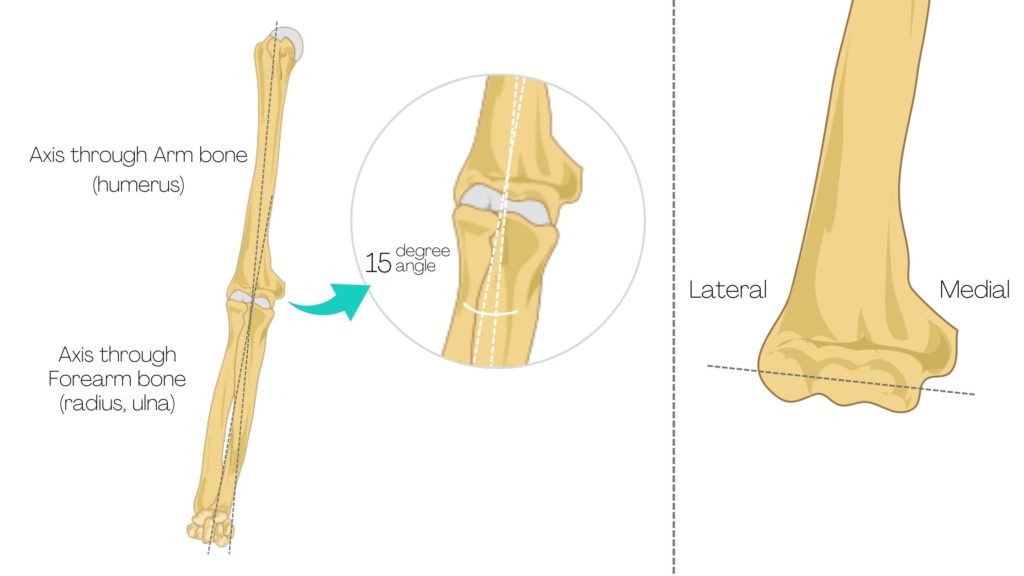
If we examine the elbow joint’s anatomy, we will find that its transverse axis is directed medially and downward. Let’s try to understand this with figures and explore the factors responsible for it.
- The transverse axis of the elbow is directed medially and downwards.
- The medial flange of the trochlea is 6 mm deeper than the lateral flange. The trochlea is an articular surface on the humerus bone where the ulna (forearm bone) articulates to form the elbow joint.
- Superior articular surface The superior articular surface of the conoid process of the ulna is placed obliquely to the long axis of the
bone .
What causes increase and decrease in normal carrying angle of elbow
| Carrying angle measurement | Deformity | |
| Normal | 5 to 15 degree | Normal |
| Increased | > 15 degree | Cubitus Valgus |
| Decreased | < 5 degree | Cubitus Varus/ Sunstock Deformity |
The carrying angle is a normal phenomenon in the elbow. It plays a significant role when lifting heavy weights with our hands. It gives leverage and helps initiate elbow flexion while holding the heavy object in our hand. It also helps clear the hip when we are walking or running.
So, what causes the formation of a carrying angle in the elbow?
As you can see in the table, the normal carry angle of the elbow ranges between 5 to 15 angles. However, the carrying angle is always greater in females than in males.
- Hormonal influence: Differences in male and female carrying angles can be attributed to hormonal influence. It may be due to hormonal influences or increased joint laxity in females.
- Difference in anatomy: In females, the medial lip on the trochlea grows more than the lateral lip, leading to an increased carrying angle. Additionally, the distal humeral articulation has an increased vagal tilt with the longitudinal axis of the humerus, contributing to the increased carrying angle.1.
- Old fracture around the elbow: Fracture around the elbow joint affects the normal carrying angle, leading to elbow varus and valgus deformity. If the angle increases after fracture, we call it valgus elbow deformity. In another situation, if the normal carrying angle of the elbow reduces from a 5-degree angle, then it is termed elbow varus deformity. Varus elbow is also termed a gunstock deformity elbow as it resembles a gun.
![(A, B) A 21-year-old male with cubitus varus deformity on his left elbow (humerus-elbow-wrist angle [HEWA]: varus 6.0°). (C, D) Four years after supracondylar dome osteotomy, HEWA is corrected to valgus 7.4° without any complications.](https://www.researchgate.net/profile/Hyung-Bin-Park-3/publication/315918854/figure/fig2/AS:504416181473281@1497273597931/A-B-A-21-year-old-male-with-cubitus-varus-deformity-on-his-left-elbow.png)
How to check carrying angle of the elbow at home
Measuring the carrying angle of your elbow is a simple process that you can do at home.

- First, you need to stand in front of a mirror and keep your elbow straight while your forearm faces forward. Then, you will need a marker and a ruler.
- Ask someone to draw a straight line along your arm and forearm using the marker and ruler while you keep your arm straight. To make sure that the line is straight, use the guide that is shown in the figure.
- Once the line is drawn, you will need a protractor to measure the angle formed at the point where the two lines meet. You can find a protractor in most school instrument boxes.
- Place the protractor on the line that was drawn on your arm and forearm and measure the angle. The angle measured is your carrying angle.
- This method is simple yet effective in measuring your carrying angle at home. Just make sure you have all the necessary tools and someone to help you draw the line accurately.
The author is a physiotherapist who has been practising for the last 17 years. He holds a Bachelor's in Physiotherapy (BPT) from SVNIRTAR (Swami Vivekananda National Institute of Rehabilitation and Research), one of the prestigious physiotherapy schools in India.
Whatever he learns dealing with his patient, he shares it with the world through blogs and e-books. He also owns a YouTube channel, "Sunit Physiotherapist" with over 8 lakh active subscribers. Here, he shares everything he gets to learn serving the patient.
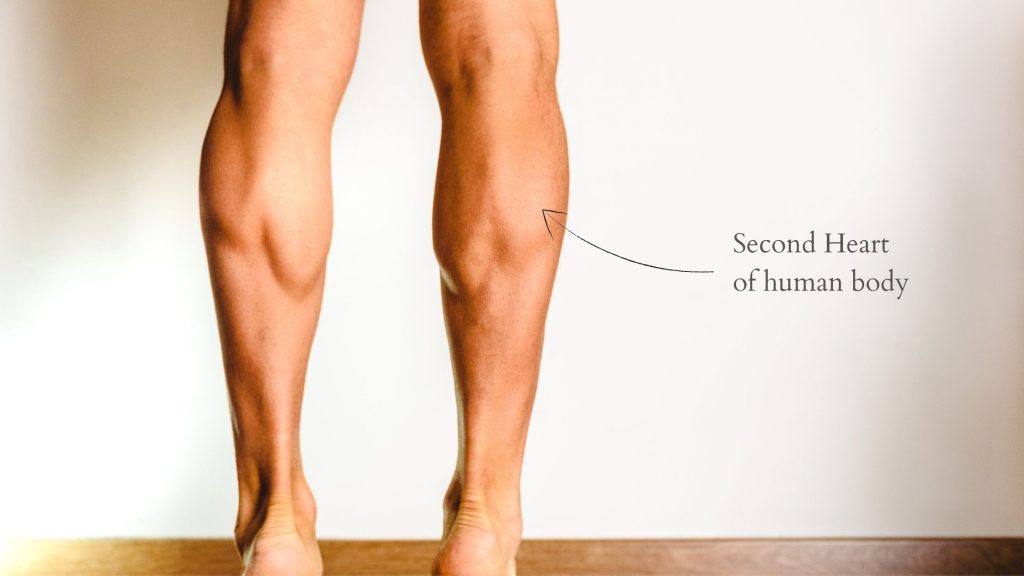
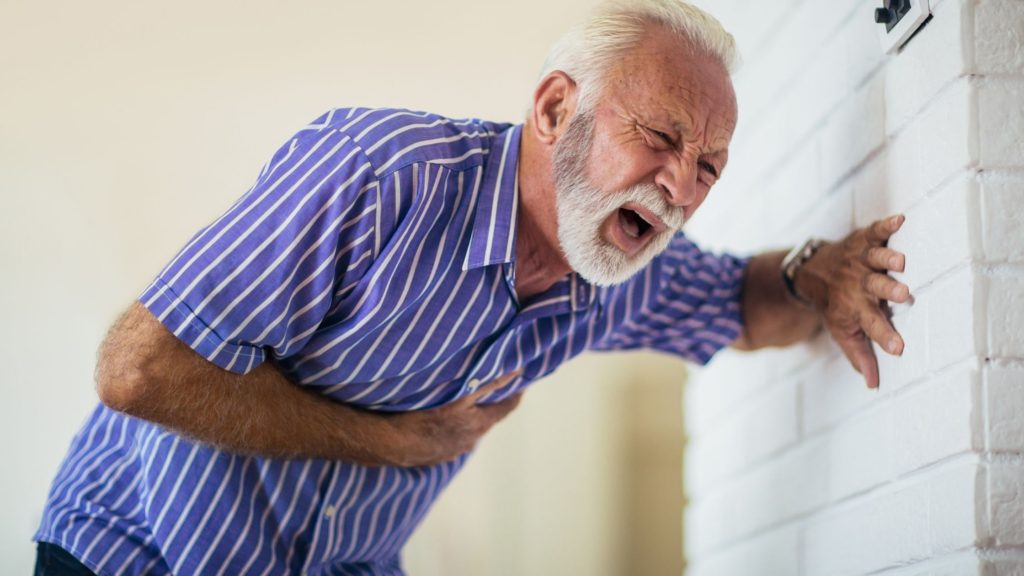

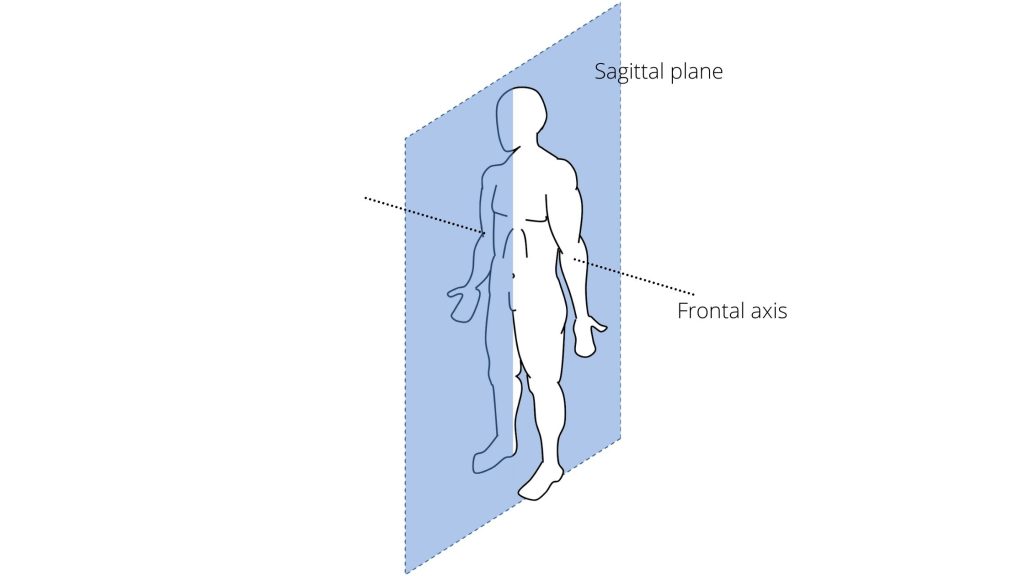
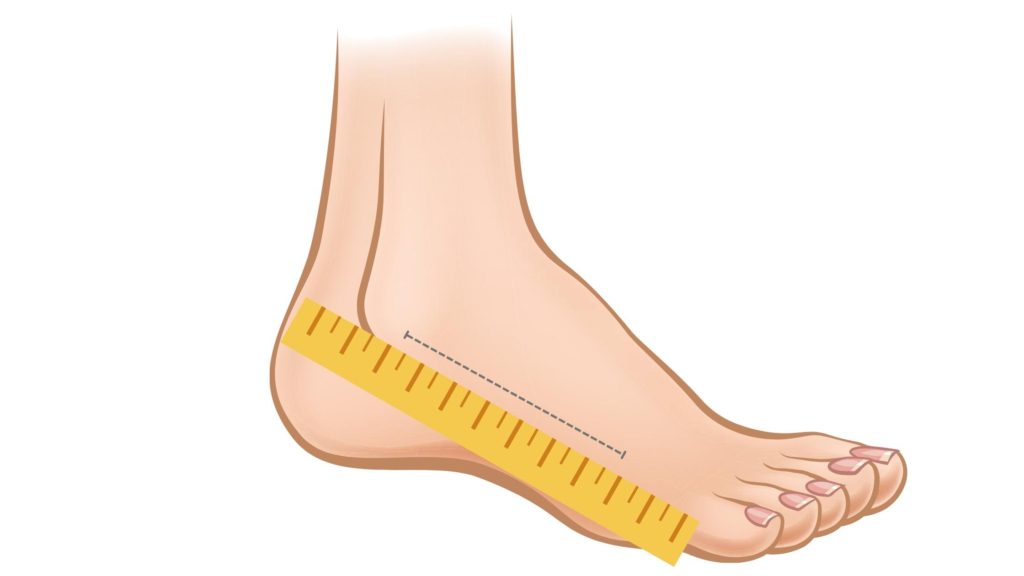
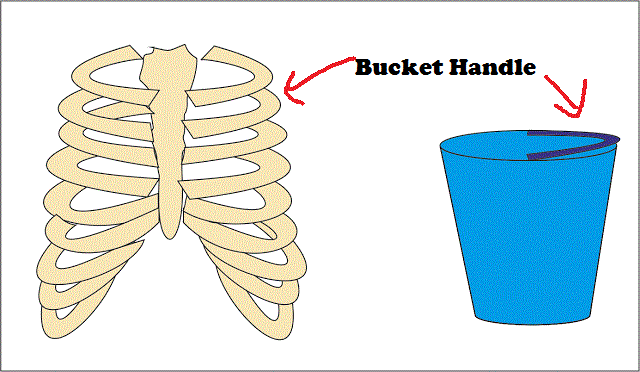
Pingback: 9 Easy Supracondylar Fracture Humerus Physiotherapy Exercises| Elbow Fracture - Physiosunit
My son is 8 yrs old. Before 2yrs his elbow got fracture.. Some problem I did not operation. But done surgery. Now showing carrying angel prbolem. Can I treatment to my son.
Pingback: What is Axis & Planes of Body, its Type : Physiosunit
No, its not possible to reduce carrying angle
Can we reduce the carrying angle
If possible then hiw
Thanks for pointing it out. I'v made necessary correction.
Carrying angle is 10-15 degrees not 163 degrees. It is the DEVIATION made by the long axis of arm with the forearm